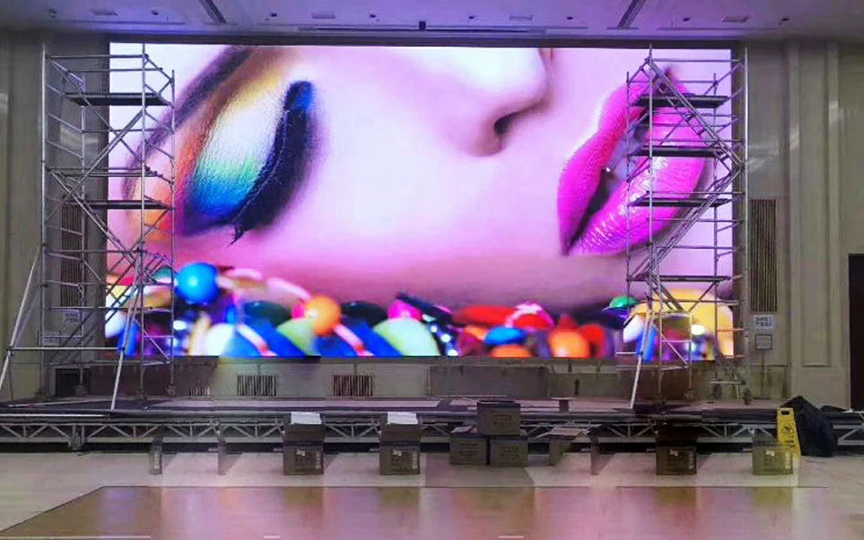Installing an LED display correctly is essential to ensure safety, optimal performance, and longevity. Whether you are setting up an indoor screen in a retail space or an outdoor billboard, following best practices during installation can save time and costs down the road.

Before starting, carefully plan the installation site. Check the structural integrity of walls or frames where the LED display will be mounted. The weight and size of the screen must be supported securely. For outdoor installations, consider weather exposure and ensure protection against rain, wind, and direct sunlight.
Next, ensure the power supply and signal cables are properly routed and protected. Use high-quality connectors and avoid overly long cables to prevent signal loss or power issues. Cable management is important for both safety and aesthetics.
When mounting the LED modules, it’s best to use a modular panel system. This allows for easier assembly, maintenance, and replacement of individual parts if needed. Align the panels precisely to avoid visible seams or gaps that affect image quality.
Once physically installed, connect the control system and test the display with sample content. Verify brightness, color uniformity, and pixel integrity. Adjust settings as needed to match the environment’s lighting conditions.
Safety should always be a priority during installation. Use appropriate tools and personal protective equipment. If the installation involves heights or heavy lifting, hire experienced professionals to minimize risks.
Finally, document the installation details, including wiring diagrams and configuration settings. This will be helpful for future maintenance or troubleshooting.
For professional LED display installation services and expert guidance, contact Topview Display. We offer customized solutions tailored to your business needs.

